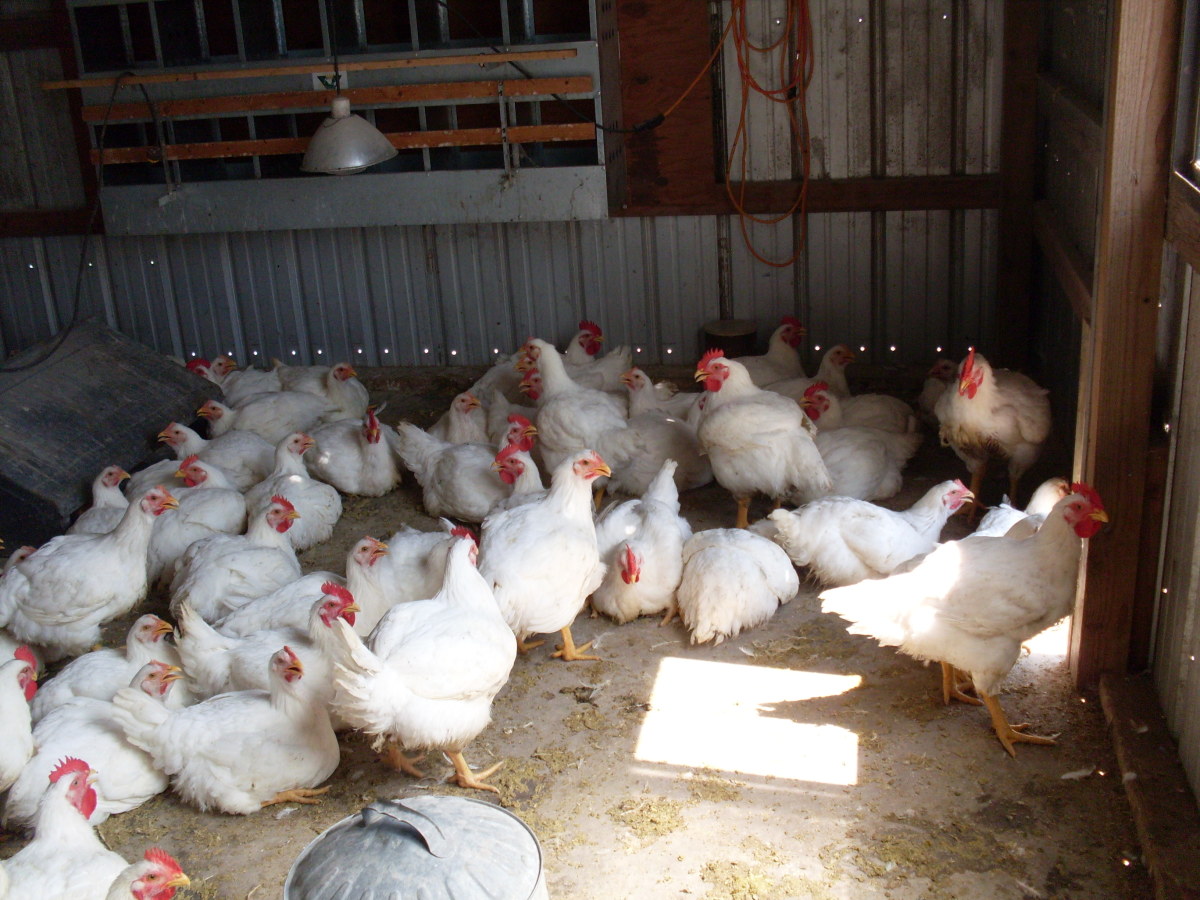Ice Cream
Ice Cream is a frozen dairy food made of milk products, sugars, corn syrup, water, flavorings, and sometimes egg or egg products, stabilizers, and emulsifiers. Air, which is incorporated into the ice cream during the freezing process, is also an important component.
The physical structure of ice cream is a complex 3-phase system consisting of a liquid, air, and various solid materials. Crystals of ice and air cells are dispersed throughout the liquid phase, which also contains solidified fat globules, milk proteins, insoluble fats, and other substances.

Composition and Food Value of Ice Cream
The composition of ice cream varies in different localities and for different markets. On the average, the components by weight are 12% fat, 11% nonfat milk solids, 15% sugars, and 0.3% stabilizer and emulsifier. The amount of solids is about 38.3% of the weight. One gallon (3.78 liters) of ice cream weighs at least 4% pounds (2 kg).
Ice cream contains about four times as much vitamin A as there is in an equal amount of fresh whole milk, and slightly more protein and calcium.
Ice cream also contains about three and a half times as much fat and about three times as many calories. An average serving ( % quart, or 155 ml) of vanilla ice cream supplies approximately 200 calories, 3.9 grams of protein, 0.31 grams of calcium, 0.104 grams of phosphorus, 0.14 mg of iron, 548 International Units of vitamin A, 0.038 mg of thiamin, and 0.236 mg of riboflavin.
Commercial Production of Ice Cream
The first step in the commercial manufacture of ice cream consists of combining the basic ingredients. This procedure may range from a small-batch operation, in which each ingredient is carefully weighed or measured by hand, to a large operation in which many of the ingredients are automatically metered into the batch.
The most common procedure is to place all the liquid materials (cream, milk, or other liquid milk products) in a mix vat, or pasteurizer. The liquids are then heated and the dry solid materials are added. These materials include nonfat dry milk, dried egg yolk, stabilizer, and emulsifier. Sugar is added when the mix reaches approximately 120° F (49° C). The sugar may be in either solid or liquid form.
After the ingredients are combined and heated, the mix is pasteurized. Pasteurization destroys harmful bacteria, aids in blending the ingredients, improves their flavor, improves the keeping quality of the ice cream, and produces a more uniform product. There are three different methods used for pasteurizing the mixture. In one method the mix is heated to 160° F (71° C) for half an hour. In the second method the mix is heated to 175° F (80° C) for 25 seconds. In the third method it is heated to a temperature of 240° F (116° C) for only a few seconds.
After pasteurization, the hot mix is pumped from the pasteurizer through a homogenizer. Homogenization reduces the size of the fat globules to less than two microns. (One micron equals about 1/25,000 inch.) Homogenization also serves to blend the ingredients thoroughly; to disperse the fat globules so that the fat will not churn into butter during the freezing process; to improve the texture of the ice cream; to help produce a more uniform product; and to add in producing overrun. Overrun is the extra volume of mix produced by the incorporation of air.
There are two basic types of ice cream homogenizers: a 1-stage homogenizer and a 2-stage homogenizer. In the 1-stage homogenizer, the pressures used generally range from 1,500 pounds per square inch (105 kg per sq cm) to 3,500 pounds per square inch (245 kg per sq cm). In the 2-stage homogenizer, different pressures are used for each stage. In the first stage the pressure is usually from 2,000 pounds per square inch (140 kg per sq cm) to 2,500 pounds per square inch (175 kg per sq cm); in the second stage the pressures range from 500 pounds per square inch (35 kg per sq cm) to 1,000 pounds per square inch (70 kg per sq cm).
Immediately following the homogenization process, the mix is cooled to a temperature between 32° and 40° F (0° to 4° C). It is then aged for a period often lasting several hours. Aging generally improves the body and texture of the ice cream. Flavorings are usually added to the mix after the aging process, just before it is frozen. Fruits, nuts, and candies, however, are usually not added until after the frozen ice cream is discharged from the freezer, although they may be added during the freezing process. The freezing process is accomplished as rapidly as possible to ensure the formation of small ice crystals. Large ice crystals coarsen the texture of ice cream and reduce its palat-ability. As freezing begins, the temperature of the mix is lowered from the aging temperature, which is usually about 40° F (4° C) to the freezing point of the mix, usually about 27.5° F (2° C). As the mix is frozen, it is agitated so that air becomes incorporated into it. After freezing, the ice cream is hardened in rooms that are maintained at temperatures of -10° to -20° F (-23° to -29° C). The ice cream is held at this temperature while it is packaged and delivered for marketing. Rapid hardening and storage at a uniform temperature are essential to ensure good body and texture.
History of Ice Cream
Ice cream seems to have evolved from iced beverages and water ices that were popular in ancient times. It is known that wines and fruit juices were cooled with ice and snow at the court of the Roman emperor Nero in the 1st century A.D. It is believed that iced sweetmeats originated in ancient Egypt or Babylon.
In the 13th century Marco Polo brought back to Italy from the Orient recipes for water ices, which were said to have been eaten in Asia for centuries. The art of making these ices spread from Italy to France, Germany, and England during the next few centuries.
Ice cream was probably introduced in America by the early English colonists in the 1600's. Ice cream parlors first appeared in the United States at the end of the 1700's, and the invention of a hand-cranked freezer in 1846 enabled people to make more ice cream at home. The first ice cream factory in the United States was established in 1851 in Baltimore, Md., by the dairyman Jacob Fussel. Other plants were soon established in St. Louis, New York, Washington, D.C., Chicago, and Cincinnati. The development of condensed milk and dry milk, together with the introduction of the homogenizer, pasteurizer, and improved freezers, stimulated the early growth of the ice cream industry. The ice cream soda was invented in 1879. The ice cream cone, which was introduced at the Louisiana Purchase Exposition in St. Louis in 1904, also became extremely popular. The chocolate-coated ice cream bar (Eskimo Pie) was introduced in 1921, and the Eskimo Pie on a stick was introduced several years later.
One of the most important advances in the development of the ice cream industry was the invention of the continuous freezer in 1925. Previously, ice cream had to be made in small batches, one batch at a time. The continuous freezer allows the homogenized mix to be fed continuously into one end of the machinery while the frozen ice cream is continuously discharged from the other end. Since the 1920's, the development of improved refrigeration and transportation methods, the introduction of home freezers, and the marketing of ice cream through chain stores and independent marketers have made ice cream widely available to the consumer.
This content is accurate and true to the best of the author’s knowledge and is not meant to substitute for formal and individualized advice from a qualified professional.
© 2010 Bits-n-Pieces



